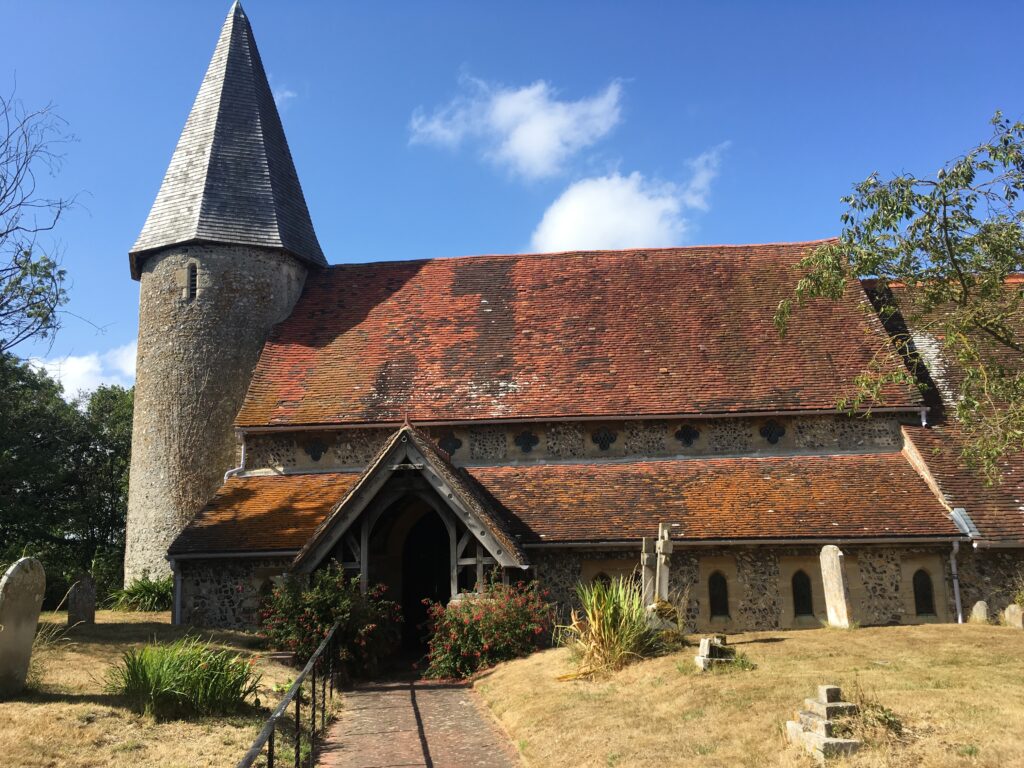St Johns Church Piddinghoe Bells
Why did I visit St John Church in Piddinghoe? Bats in the Belfry? Well, there might be, but it wasn’t the bats that piqued my interest…

I’d heard that there was something new going on in this 12th century church; steeped in history and the focal point of a quintessentially English village.
Piddinghoe village long ago was pronounced ‘piddnoo’
“Englishmen fight, French ‘uns too, We don’t, we live Piddinghoe’ an old local ‘rhyme’ of no known origin thought to describe the former pronunciation of Piddinghoe.
Piddinghoe is situated adjacent to the River Ouse and nestles comfortably a mile north of the fishing port of Newhaven and five miles south of Lewes – county town of Sussex.
I suspect that most churches of such grand old age will have an ongoing restoration project, and St John’s is no exception; the latest project involves a lot of money ,and the local secondary school, in an ambitious community project to restore the bells! Being a local historian, I seized the opportunity to visit St John’s to find out how the bells are going to be funded.
I met with Brigid Simmonds – church secretary, and Dr Isla Sitwell – one of the church wardens to hear all about it. I was blown away by their enthusiasm and passion; I didn’t just hear about the bell tower and its bells, I got a far more…. I was given the incredible history and timeline of events about this infamous and historical landmark.
And…. Who knew that Rudyard Kipling himself was so taken with Piddinghoe that he was inspired to write his poem ‘Sussex’ in which he describes the ‘dolphin’ weathervane atop the bell tower, “where windy Piddinghoe’s begilded dolphin veers”; in fact, the weathervane is a sea bass, not a dolphin but maybe Kipling’s eyesight was blinded by the sun on that particular day.
To see for yourself the fascinating story about Piddinhoe’s Bells.
Words by Justine Swan




















